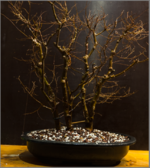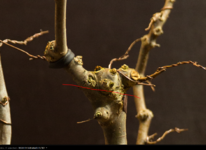leatherback
The Treedeemer
I am working on an old Zelkova forest, and rebuilding after splitting up a very large and overgrown / poorly maintained zelkova landscape planting.
To reduce size, I am not putting all the trees back together. I am now looking at a medium-sized group. Final height about 2 1/2 feet (75cm), and similar width, based on two pieces I prepared earlier:
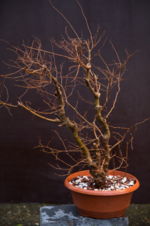
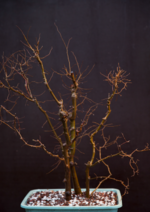
The first one is a tree with two main trunk, splitting about 4 inches above the nebari.
The second is a clump of 3 trunks (To be fair, a twin-trunk to which I screwed a third trunk, to fuse over time).
For smaller numbers of trunks, groups and clumps should ideally have an odd number of trunks.
Question I would have is..
Does this mean at the soil-line? Or could I claim this as a five-trunk group?

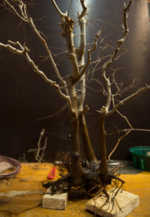
To reduce size, I am not putting all the trees back together. I am now looking at a medium-sized group. Final height about 2 1/2 feet (75cm), and similar width, based on two pieces I prepared earlier:


The first one is a tree with two main trunk, splitting about 4 inches above the nebari.
The second is a clump of 3 trunks (To be fair, a twin-trunk to which I screwed a third trunk, to fuse over time).
For smaller numbers of trunks, groups and clumps should ideally have an odd number of trunks.
Question I would have is..
Does this mean at the soil-line? Or could I claim this as a five-trunk group?



